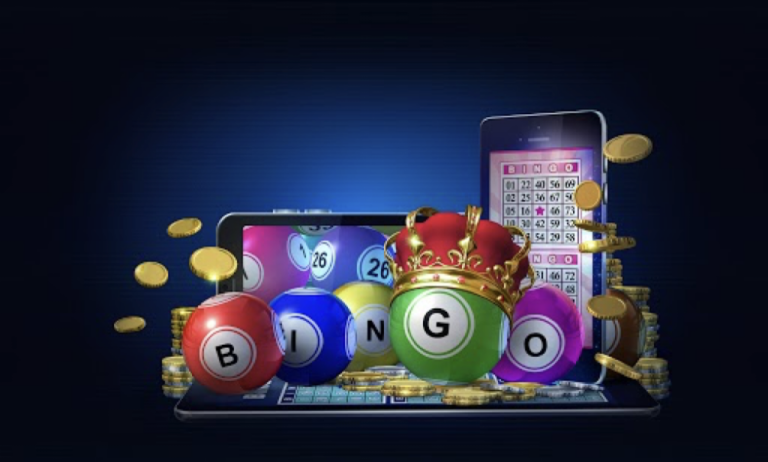Investigating the Cultural Significance of Color Symbolism in Gaming

Color symbolism has long been a significant aspect of cultural expression, influencing art, literature, and various forms of media. In the realm of gaming, color symbolism plays a vital role in shaping narratives, characters, and gameplay experiences, reflecting cultural beliefs, traditions, and associations. In this article, we embark on an exploration of the cultural significance of color symbolism in gaming, examining how different cultures interpret and utilize colors to convey meaning, evoke emotions, and enrich storytelling in video games at 91 club download.
Understanding Color Symbolism:
Color symbolism refers to the use of colors to convey ideas, emotions, and concepts beyond their literal appearance. Different colors carry diverse symbolic meanings and associations, often influenced by cultural, historical, and psychological factors. For example, red may symbolize passion, danger, or vitality in one culture, while representing luck, prosperity, or celebration in another.
In gaming, color symbolism is employed in various contexts, including character design, environment aesthetics, and narrative themes. Developers utilize color palettes strategically to evoke specific moods, enhance immersion, and communicate thematic elements to players, enriching the gaming experience with layers of cultural significance and symbolism.
Exploring Cultural Perspectives on Color Symbolism:
The interpretation of color symbolism varies across different cultures, reflecting unique societal norms, traditions, and belief systems. For example:
- Red: In Western cultures, red is often associated with passion, love, and danger. However, in Asian cultures, particularly in China, red symbolizes good fortune, happiness, and prosperity. In gaming, red may be used to convey themes of intensity, power, or urgency, depending on cultural context.
- White: In many Western cultures, white is associated with purity, innocence, and peace. However, in some Eastern cultures, such as Japan, white are traditionally associated with mourning and death. In gaming, white may be used to evoke a sense of purity and tranquility or to symbolize themes of mortality and loss.
- Blue: Blue is often associated with calmness, serenity, and stability in Western cultures. In some Eastern cultures, such as India, blue is associated with divinity and spirituality. In gaming, blue may be used to create serene environments, convey themes of exploration and discovery, or symbolize mystical elements.
- Green: In Western cultures, green is commonly associated with nature, growth, and vitality. In some Eastern cultures, green symbolizes harmony, balance, and renewal. In gaming, green may be used to represent lush landscapes, magical elements, or themes of environmental conservation and sustainability.
Implications for Game Design and Player Experience:
Understanding the cultural significance of color symbolism is crucial for game developers seeking to create immersive and culturally resonant gaming experiences. By incorporating culturally relevant color symbolism into game design, developers can enrich storytelling, deepen immersion, and resonate with players on a profound level.
Moreover, recognizing cultural differences in color symbolism allows developers to create inclusive gaming experiences that resonate with players from diverse cultural backgrounds. By embracing cultural diversity and sensitivity, developers can foster greater empathy, understanding, and appreciation for different cultural perspectives among players.
Conclusion:
Color symbolism plays a central role in shaping the cultural significance and emotional impact of gaming experiences, reflecting diverse cultural beliefs, traditions, and associations. By exploring the cultural perspectives on color symbolism and incorporating culturally relevant elements into game design, developers can create more immersive, engaging, and culturally resonant gaming experiences that transcend linguistic and cultural barriers. Ultimately, color symbolism in gaming serves as a powerful tool for storytelling, cultural expression, and fostering greater cross-cultural understanding and appreciation among players worldwide.
Top of Form




